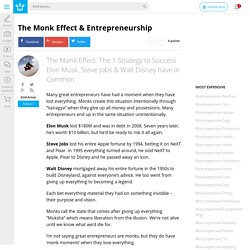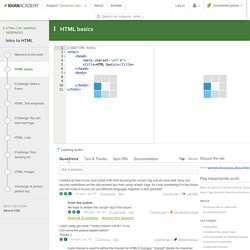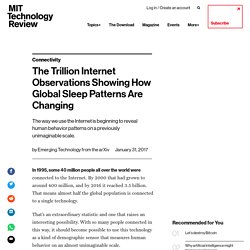

A dump of stuff I don't know why I saved. Library of Babel. Film Riot. How to Make Safe with Combination Lock from Cardboard. How to Make Safe with Combination Lock from Cardboard. The Monk Effect: Elon Musk, Steve Jobs, Walt Disney - ALUX. Many great entrepreneurs have had a moment when they have lost everything.

Monks create this situation intentionally through “Vairagya” when they give up all money and possessions. Many entrepreneurs end up in the same situation unintentionally. Elon Musk lost $180M and was in debt in 2008. Seven years later, he’s worth $13 billion, but he’d be ready to risk it all again. Steve Jobs lost his entire Apple fortune by 1994, betting it on NeXT and Pixar. Walt Disney mortgaged away his entire fortune in the 1950s to build Disneyland, against everyone’s advice. Each bet everything material they had on something invisible – their purpose and vision. Monks call the state that comes after giving up everything “Moksha” which means liberation from the illusion. I’m not saying great entrepreneurs are monks, but they do have ‘monk moments’ when they lose everything. Many of the greatest entrepreneurs unintentionally find themselves in this state by betting everything on their dream. As Walt Disney said.
Intro to HTML. You may not know this, but your computer doesn't actually know English, and it doesn't actually know the alphabet.

Each letter that you type is represented by a string of 1s and 0s. People came up with ways to tell the computer "Here, this is the letter I'm typing. This is a capital A. This is a small A. " For example (this is not real), this 8-digit (or 8-bit) code "00000000" could mean capital A, and "00000001" could mean small A. But if you notice, this only accounts for the English alphabet. So now people generally use what is called Unicode. FetLife down? Current status and outage history. MachineYourself - Free Fucking Machine Plans, Resources and Parts. The Trillion Internet Observations Showing How Global Sleep Patterns Are Changing. In 1995, some 40 million people all over the world were connected to the Internet.

By 2000 that had grown to around 400 million, and by 2016 it reached 3.5 billion. That means almost half the global population is connected to a single technology. That’s an extraordinary statistic and one that raises an interesting possibility. With so many people connected in this way, it should become possible to use this technology as a kind of demographic sensor that measures human behavior on an almost unimaginable scale. Today, Klaus Ackermann at the University of Chicago and a couple of pals say they have done just this by studying how devices connected to, and disconnected from, the Internet between 2006 and 2013.
So what does this enormous data set reveal about humanity? Ackermann and co built their data set by combining information from two sources. The researchers start out by studying how Internet connectivity grows and eventually becomes saturated in societies all over the world. Welcome To Netter Images. 60 Free computer science courses.